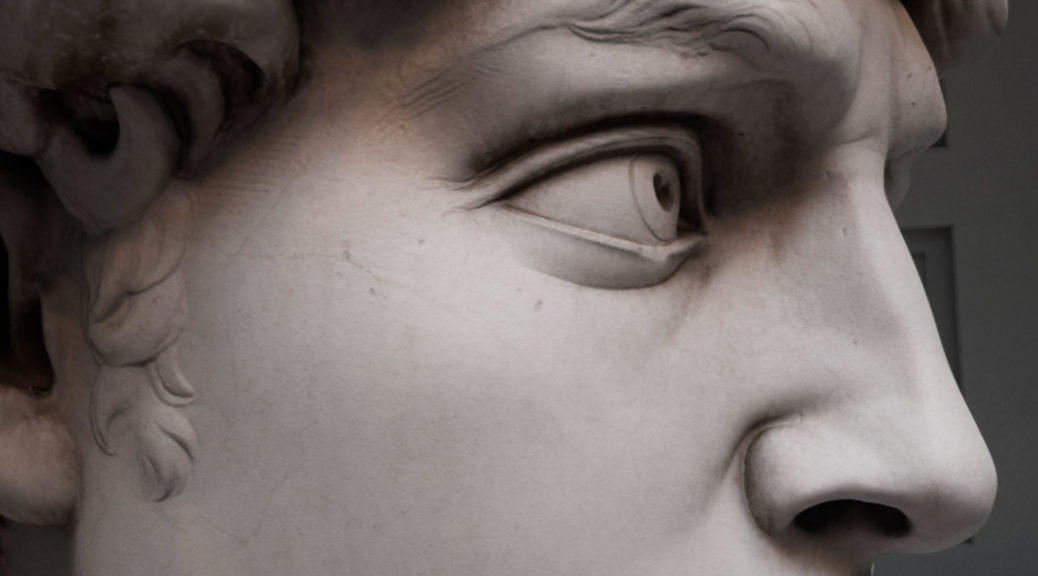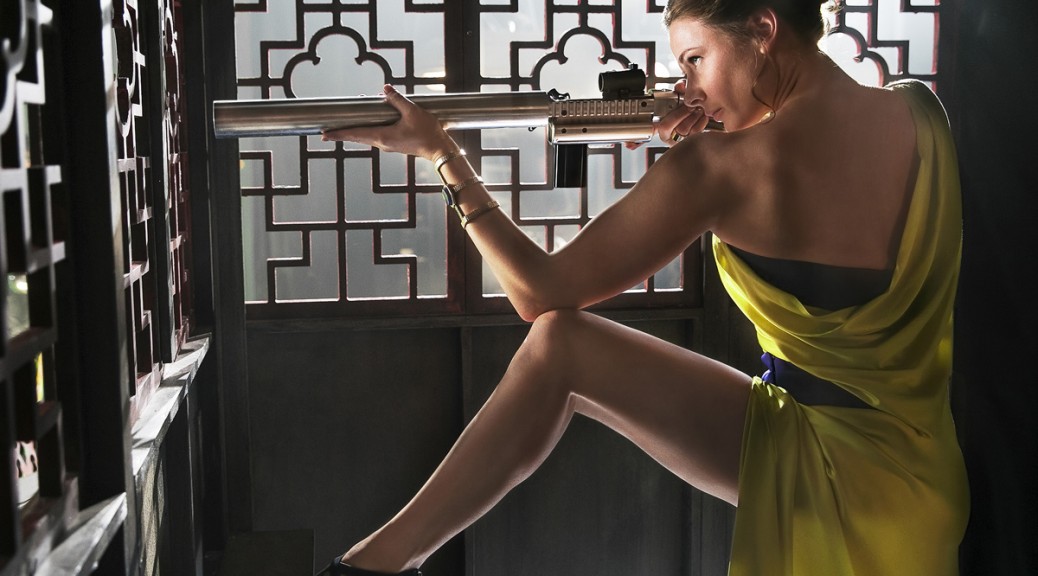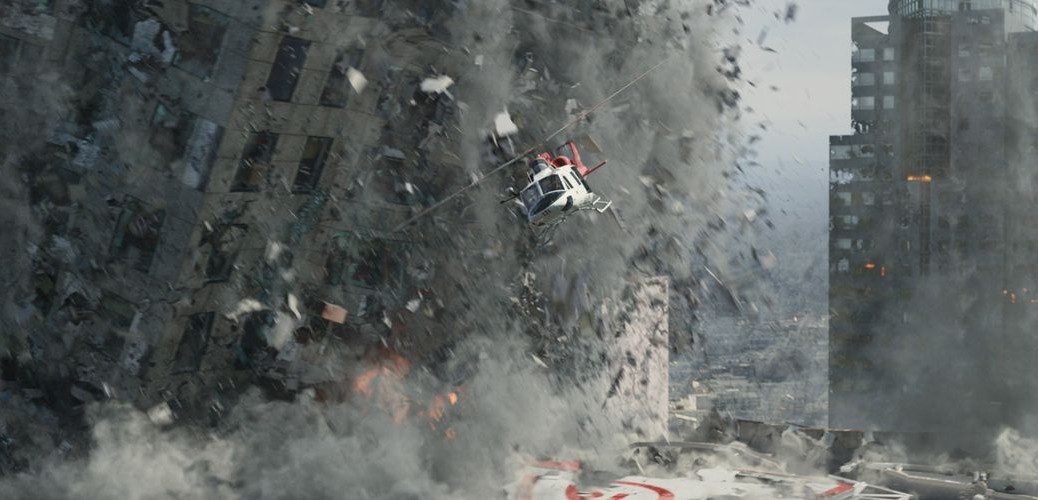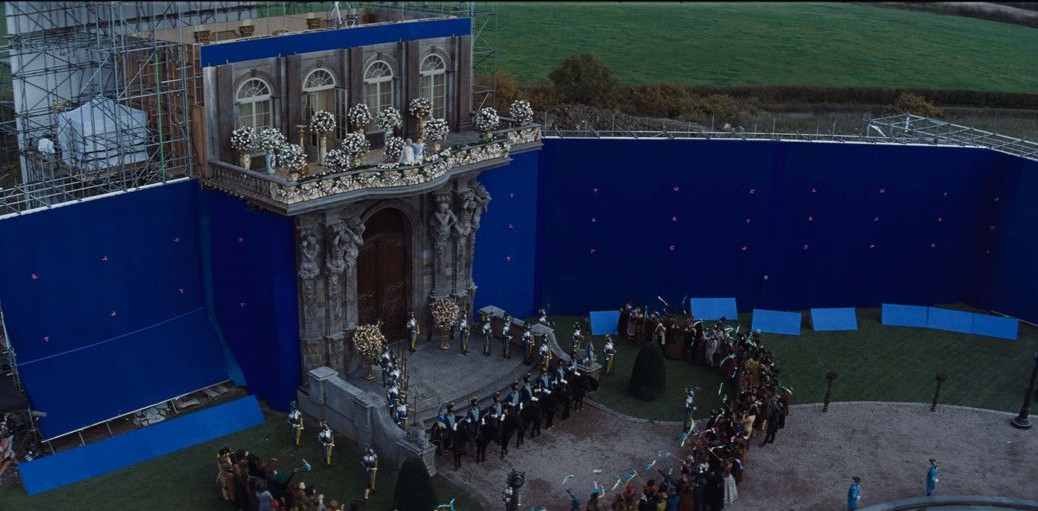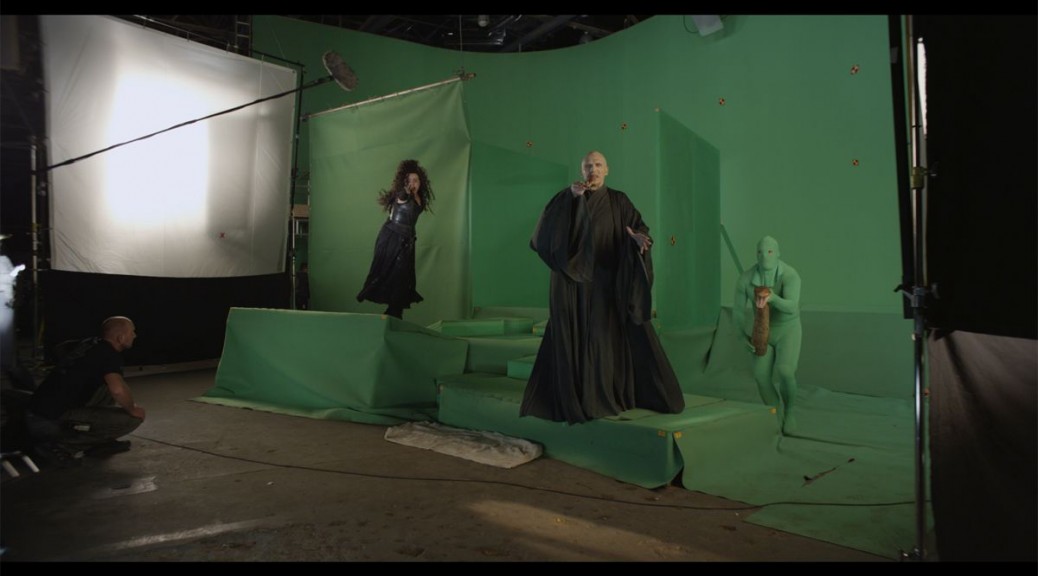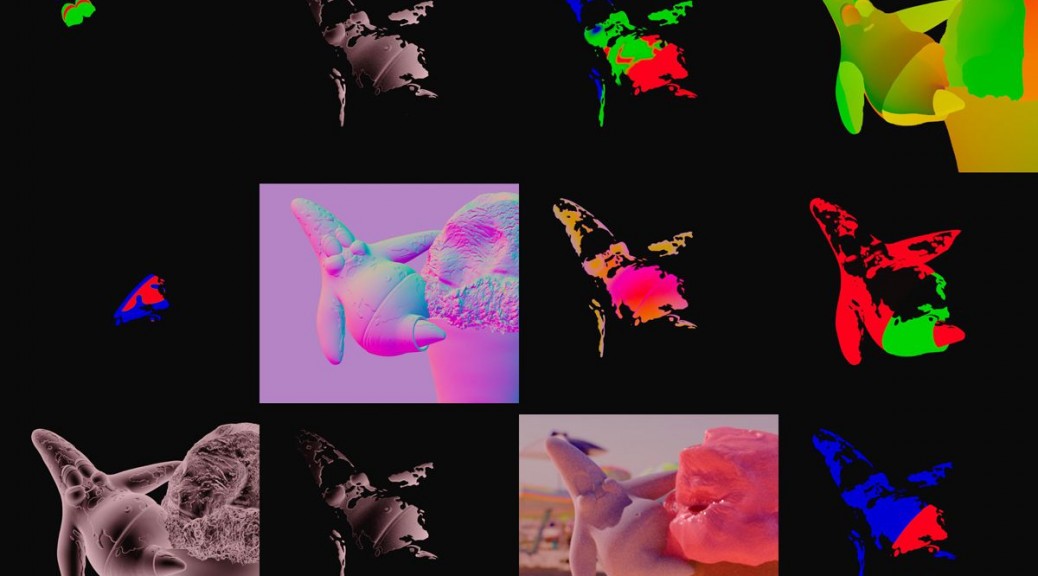Tag Archives: fxguide
Hold on! The VFX of Rogue Nation
In previous Mission: Impossible efforts, Tom Cruise has scaled the Burj Khalifa in Dubai, free-climbed the Niagara Escarpment in Ontario and jumped off a Shanghai skyscraper. The actor, famous for doing his own stunts, again ups the ante in Rogue Nation by grasping onto the outside of a Airbus A400M as it takes off. Not only that, Cruise rides 100 miles an hour on a motorbike – with no helmet – and performs his fair share of stunts and jumps from great heights and even for long periods underwater.
Surviving San Andreas
Brad Peyton’s disaster flick San Andreas recounts the efforts of a rescue helicopter pilot, Ray Gaines (Dwayne Johnson), who must rescue his estranged wife, Emma (Carla Gugino), and their daughter Blake (Alexandra Daddario) after a series of major earthquakes and aftershocks rattle Los Angeles and San Francisco from a heretofore unknown fault line. Under visual effects supervisor Colin Strause and visual effects producer Randy Starr, a host of vendors staged widespread destruction and carnage and even a tsunami through several locations. fxguide finds out the ‘How To’ behind some of the film’s biggest effects.
Far from fable: Cinderella
Kenneth Branagh’s Cinderella is a lush re-imagining of the classic fairytale and of Disney’s own 1950 animated feature. In this detailed Q&A, overall visual effects supervisor Charley Henley discusses the elaborate work conducted for the film – principally by MPC – in bringing animals, environments and the famous carriage transformations to life.
Innovation and immersion: Escape from Gringotts
For decades, guests at Universal Studios Theme Parks have enjoyed an array of immersive ride films. From Back to the Future: The Ride to Terminator 2: 3-D Battle Across Time to Transformers: The Ride, each experience seems to up the ante on the use of motion simulators, large-scale imagery, stereo, high frame rates, stereoscopic projection, photorealistic animation and visual effects. Now, with Harry Potter and the Escape from Gringotts, that level of immersion has been increased yet again.
Since 2010, Universal’s design division, Universal Creative, had been developing designs for a new ride based on the Gringotts section of Harry Potter and the Deathly Hallows Part 2. Director Thierry Coup wanted the ride – which opened last July in The Wizarding World of Harry Potter Diagon Alley themed area at Universal Orlando resort – to take guests deep among Gringotts’ underground vaults via a roller coaster cart synchronized to enormous 3D projection screens. Here they would witness Harry, Ron and Hermione battling a fire-breathing dragon and escaping the wrath of Voldemort and Bellatrix.
The secrets behind SpongeBob’s live action scenes
The SpongeBob Movie: Sponge Out of Water has already raced to become the second highest box office performer for films released in 2015, behind only Fifty Shades of Grey (!!!). That stunning result speaks volumes about SpongeBob’s existing fan base, but also new converts who gravitated to the hybrid 2D/CGI film. Helping to realize director Paul Tibbitt’s vision for the film was Iloura, who combined 3D animated characters with live action backgrounds. We delve into the making of the CG characters and live action sequences with Iloura visual effects supervisor Glenn Melenhorst, with a special look behind the scenes of the Patrick Star ice-cream sequence.
The practical and digital tech behind Chappie
When director Neill Blomkamp seemingly burst onto the scene in 2009 with District 9, he had already demonstrated his deftness at making raw sci-fi with several short films. Tetra Vaal (2004), for instance, introduced a law enforcement robot amongst the slums of Johannesburg. With Chappie, Blomkamp returns to the style and feel of Tetra Vaal, while feeding into the mix the complications presented by artificial intelligence.
Chappie: Bringing an A.I. Robot to Life
Style city: A Dame to Kill For

When Robert Rodriguez and Frank Miller’s Sin City opened in 2005, it hit a chord with audiences who latched onto the graphic novel come-to-life style. For the sequel – Sin City: A Dame to Kill For – the directors once again would film live action photography against greenscreen, only this time in stereo, and then orchestrate a mix of black and white, high contrast and coloring to tell their story. Helping to bring that stylized vision to the screen was Prime Focus World, which became an equity partner on the film and sole provider of the visual effects and stereo conversion work. We break down the steps in making A Dame to Kill For possible.
Journey to The Hundred-Foot Journey

You might not consider Lasse Hallström’s The Hundred-Foot Journey a visual effects film, and in a sense that is true, but some innovative effects techniques ranging from Klaus Cam helicopter plates to carefully selected shooting locations and reflective table-tops helped tell the story of two restauranteur families. We talk to visual effects supervisor Brendan Taylor about the film.
How previs helped make The Maze Runner
Wes Ball’s The Maze Runner features complex maze environments and even more complex creatures – all requiring meticulous planning to bring to the screen. Previs and postvis would help the filmmakers prepare for the live action shoot in Baton Rouge, Louisiana and then aid Method Studios and other VFX shops in creating intricate visual effects shots involving the moving maze and the mechanical Grievers. We talk to John Griffith, who was previs director at 20th Century Fox on the show, and Jourdan Biziou, The Third Floor’s previs supervisor, about the film.
Griffith worked early on with Ball and his visual effects team on exploring ideas for the Glade and the Grievers, using a game engine approach. “It was the perfect film to put Crytek’s Cinebox software through its paces,” says Griffith. “I had been developing it for almost four years prior, having developed it on Dawn of the Planet of the Apes. By then the pipeline had become a very smooth process. It has sped up the process of creating previs and added a whole other level of quality and realism to the work we produce.”
Digital Domain’s live action date with Destiny
The launch of Activision and Bungie’s incredible new game Destiny was accompanied by a live action trailer dubbed ‘Become Legend’, a spot directed by Joseph Kosinski for agency 72andSunny. The commercial made heavy use of real locations, practical costumes and effects from Legacy Effects and VFX by Digital Domain to show Fireteam taking on alien invaders at various game locations around the solar system. The game itself has stunning imagery, rarely seen before at this level in a game. Destiny takes full advantage of the new console hardware and so provided a high bar for the look of the live action commercial. We talk to DD visual effects supervisor Eric Barba about the work involved in bringing the look of the stunning world of Destiny to a live action TVC.
Foundry At Siggraph with V-Ray + Speed tests
With SIGGRAPH 2014 opening in Vancouver, the announcements are flowing from all the major players – including The Foundry and Chaos Group. The two companies have been working together on the development of V-Ray for three of The Foundry products:
V-Ray for MODO,
V-Ray for NUKE and
V-Ray for KATANA.
The MODO and NUKE versions are being unveiled for the first time at SIGGRAPH and are immediately available as a free public beta, and the commercial version of V-Ray for KATANA is available for purchase.
The VFX of Guardians of the Galaxy

Strong characters, immersive environments and a ripping 80s soundtrack – that’s Marvel’s latest film Guardians of the Galaxy in a nutshell. With two main characters that would be realized entirely in CG, and with vast space and earth-like environments to create, the visual effects crew were once again crucial to completing the film. Overall visual effects supervisor Stephane Ceretti, associate visual effects supervisor Olivier Dumont and visual effects producer Susan Pickett guided the ship. They lead a vast army of VFX artists from 13 companies including MPC, Framestore, Luma Pictures, Method Studios, Imageworks and an in-house unit, plus previs/postvis teams from Proof and The Third Floor. fxguide takes a look at just some of the major sequences.
Legend or truth: the VFX of Hercules

Brett Ratner’s Hercules tells the myth – and the truths – behind the demigod son of Zeus. Visual effects supervisor John Bruno had to walk the line between the man and the myth in both helping to craft the film’s gritty battle action and bringing to life the Hercules’ legendary Twelve Labors in which he encounters a series of fantastical beasts. Despite these daunting effects tasks, Bruno still saw a need to de-emphasize the effects and maintain realism. “The most fantastical effects were Hercules’ Labors,” says Bruno, “but we still wanted to base those on reality. Although the creatures became quite large we still wanted to set them up in an environment that was quite real.”
Voodoo magic

Think back to some of the most outstanding creatures in recent films, and Rhythm & Hues will come up as one of the key visual effects studios behind that work – Richard Parker in Life of Pi or perhaps Aslan in The Lion, The Witch and the Wardrobe. Hundreds of talented artists worked on these complicated creatures, a feat that was aided by Voodoo – Rhythm’s proprietary extensible toolset for rigging, animation, camera tracking, matchmoving, fur, crowds, and 2.5D work.
